As a sustainable clean energy source, wind power has taken off. Today, it’s less an alternative energy source and more mainstream. (See “Wind energy: A worldwide phenomenon”). For that reason, its reliability has become increasingly crucial.
Virtually every rotor blade on a wind turbine in the megawatt range — generally 25-30m in length and some much longer — is a composite today, according to Derek Berry, senior wind technology engineer for the National Renewable Energy Lab (NREL, Denver, CO, US). Most blades are made from glass fiber, but a growing number of longer blades are now of hybrid glass/carbon fiber construction, and standard thermoset and thermoplastic resins, with metal lightning protection systems and metal bolts attaching the blade’s root to the turbine’s rotor.
Like their aerodynamic cousins, aircraft wings, wind blades must be inspected and, when damaged, repaired. Because their operation is, like aircraft, so critical to the life of the communities they now serve, their performance, and the performance of those who inspect, service and repair them, must meet certain standards. Here, CW examines the sophisticated industry that has grown up around inspection and repair of turbine blades.
Wear and tear
Airplane wings and wind turbine blades alike suffer erosion, lightning strikes, impact damage and ordinary operational fatigue, all of which affects their aerodynamic performance. Diminished aerodynamics of the blades can also impair their production of power.
The leading causes of damage to wind blades in operation are lightning strikes and leading-edge erosion, caused primarily by particles in the air bombarding the front edge of the airfoil (blade tip speeds can reach 200 mph).
In the category of operational fatigue, wind blades are in a class by themselves: “Wind turbine blades are some of the most highly cycled structures in operation — well over an order of magnitude more than even aircraft wings we see in one design lifetime of flights.” Says Berry. The extreme cycling can result in unseen, difficult-to-detect types of damage that might not immediately affect performance and production, Berry cautions. “Over years of cycles, blades can develop stress fractures, fatigue cracking near the root section where higher bending loads occur, resulting in cracks in the composite laminate or in the blade skins or shear web inside the blade, or in the bond line — in the adhesive joint that holds the two shells of the blade together. Those kinds of damage may not immediately result in a noticeable decrease in aerodynamic performance, an increase in drag or a decrease in power output. However, left unrepaired, they could lead to catastrophic failure, either a blade failure with the crack propagating or—worst case scenario, which we fortunately don’t see much of any more — a blade flying off the turbine!”
Preventive maintenance is key
Regular inspection can reveal damage before it becomes catastrophic failure. “In the past 5-10 years, end users are learning how much downtime (when the turbine is stopped) can affect their profit from energy production, and what they can do to minimize downtime,” Berry says, caused by the need for unanticipated repairs. He says the most effective way to minimize downtime is good inspection — an annual inspection of all blades at the minimum — and repair where needed.
Wind Blades are different from wings in one other respect: Wings can be inspected and repaired under controlled conditions when the airplane lands. But wind blades, mounted on massive towers, reaching 80m and more in height, don’t land. They must be inspected and, if necessary, repaired, under less than ideal conditions. Surprisingly, nearly all blade inspections actually can be done uptower, that is, with the blade on the tower but stopped.
Who inspects and how?
Inspections are performed by a wide range of maintenance providers, including major blade manufacturers Vestas (Vestas – American Wind Technology, Portland, OR, US), LM Wind Power (Kolding, Denmark) and Siemens Gamesa Renewable Energy (Hamburg, Germany), as well as dedicated suppliers, such as BS Rotor Technic USA (Anaheim, CA, US), Performance Composites (Abilene, TX, US), Rope Partner (Santa Cruz, CA, US), InspecTools (LaSelva Beach, CA, US), MISTRAS Rope Access Services (Reno, NV, US), REETEC GmbH (Bremen, Germany), Sky-Futures (Hayes, Middlesex, UK), SkySpecs (Ann Arbor, MI, US) and others — for onshore and offshore wind turbines. Additionally, DNV GL-Energy (Arnhem, The Netherlands) offers a complete range of inspection services and regulations for onshore and offshore wind turbines and their components.
Today, four main uptower blade inspection methods are available:
Hands-on, rope-access inspection. All access to blades is gained via lifts in the tower, if available, or climbing tower ladders, with crew members tethered to a safety cable. Rope technicians leave the tower through the nacelle at the top, bringing their gear and tools with them. They rig their rope systems to themselves in the nacelle and are ready to access the blades. An advantage of the rope-access method is that inspectors have access to both the inside and outside of the blade.
Rope Partner’s director of business development Josh Crayton, says that In terms of blade inspection, rope access is “absolutely the best quality! You can touch the blade, you can feel it.”
Founded in 2000 and said to be the original rope access provider in North America, Rope Partner at one time or another has worked with every kind of end-user, Crayton explains — private owners and wind farms, wind blade manufacturers and wind system OEMs. “Six years ago, we were the first to create long-term blade maintenance programs with our clients and we have been executing them ever since. These programs have proven to reduce the number of catastrophic blade failures for our customers,” Crayton states.
“We can typically inspect one full rotor, all three blades, inside and out, including lightning protection verifications, in one day, with a crew of two or three,” Crayton says. More time may be required for blades that exceed 50m in length. Inspection in the confined space inside a blade may require a crew of three to meet federal safety requirements.
REETEC technicians perform rope-access internal inspections of blades up to 100m long using its computer-controlled, motorized high-definition (HD) camera, which provides photo comparisons, videos and records. “This enables an exact tracking of discovered damages and subsequently an analysis of the damage evolution over time,” explains REETEC sales director Claus Sejersen. The video is conveyed directly to the technician operating the equipment, who makes close-up photos of any suspicious areas. The photos are analyzed by experts in the office, in cooperation with the blade inspector. “There is no real-time transmission of video takes to the customer, but severe damages will be communicated to the customer directly after the finding,” Sejersen says.
Ground-based telephotography and digiscopic imaging. Performance Composites’ preferred blade inspection tool is telephotography, using its high-powered, zoomable 480-mm telescope (24-60x zoom) with high-quality, brilliant crystal optics. Craig Guthrie, partner and director of technical operations, describes the process: “All four sides of all three blades are scanned in detail and any anomalies found are documented immediately,” he notes. “If a different blade pitch is necessary, we radio the technician controlling the rotor movements. Once an issue is identified, our trained blade technician, positioned 50-60m from the tower base, can quickly swap the eyepiece on the scope for a mounted/inline 18MP Digital single-lens reflex (DSLR) camera.” The digital camera, capable of digiscopy, or the capture of detailed images from a great distance, is used to capture images of the issues found but never to perform the visual inspection. This is because the multitude of mirrors, filters and focal point optics that are built into the camera come between the eye and the surface of the blade. Ground-based photographic methods, in general, can provide thorough and cost-effective inspection of blade external surfaces.
Ultrasonic, thermographic or other NDT from crane-based platform/basket. Rocky Duffey, Vestas’ blades project manager, says that in some cases Vestas uses uptower ultrasonic, thermographic or other NDT — perhaps from a platform or basket — as well as tap testing, depending on the focus of the inspection. But such efforts are typically a follow-up to a visual inspection format. “Imagery is usually our first inspection step, by drone or ground photography,” he notes. “If we are looking for a very specific investigative or failure mode, then we would employ more sophisticated methods. We select the method that will give us the information that is most cost-effective and still provides the information we need.”
Many of the blades manufactured by Vestas have a structural spar and when damage is indicated over the spar, “we need to go uptower for an invasive inspection to determine if the spar itself has been damaged,” Duffey says. “Typically, we do that sort of inspection either by suspended basket or hydraulic lift. It depends on the goal, what sort of assets are available, and what we are looking to accomplish.”
Uptower inspections via drone. The advent of unmanned aerial vehicles (UAVs) has resulted in technology now useful in blade inspection. Because the ultimate goal of blade inspection is to deliver findings quickly so effective action can be planned and pursued in a timely manner, there is potential for fast deployment and real time reporting in camera-bearing aerial drones. The technology is still developing, but it holds much promise to expedite diagnosis and repair.
Currently, drones are operated by technicians on the ground. They capture and process images for subsequent review by inspectors. Remote operation of drones from a wind farm site office is a technology advance that could ultimately speed the process. And custom drone software and image recognition software packages are increasingly making drone inspections and analysis of defects faster and more cost-competitive. Today, software can be programmed for defect recognition and cropping of images to help the reviewer hone in on specific areas of damage, says Chris Bley, VP business development for drone inspection service InspecTools. And future implementation of Computer Vision systems could enable automatic sight, analysis and understanding of the obtained image or sequence of images. “Getting the highest priorities of damage to the right people as quickly as possible promotes timely and cost effective maintenance and repair decisions and actions,” says Chris Bley. He describes InspecTools’ end-to-end inspection strategy as very powerful and capable of collecting high-resolution imagery of all surfaces of a blade in about 5 minutes. The drone can stay up for as long as 35 minutes. “We fly a very powerful drone because it’s windy, obviously, on wind sites. We do a total of four passes: two on each side of the blade. We get very high resolution imagery that we upload via our software program.”
The blades are parked in position for drone inspection: If just one blade is under inspection, the blade will be positioned straight down, but if all three blades on a rotor are to be inspected, the blades are parked with one at 0° (“like a candlestick”) and the other two at 45° angles (visualize 12/4/8 on the clock).
The individual images are processed and uploaded into InspecTools’ custom software, WindAMS, which “organizes each image to the specific location on the blade and then the blade on the wind turbine and then the turbine on the wind site and then geographically by sight,” explains Bley. “On a macro-scale, we use Geographic Information Systems (GIS) organization methodology to keep track of the location of the affected turbine (and, thus, its blades), and the attention that each needs.” InspecTools evaluates the images and selects those that appear to show damage. Bley cites its use of algorithms for data analysis as the type of improvement that is saving time and money. Algorithm analysis sharpens the focus on affected areas, he explains.
The company manufactures its own drone for offshore inspection, with a 42MP, full frame, Sony Alpha 7RII professional camera. The company also uses a drone platform from DJI (Shenzhen, China) that includes a 20MP camera called an X5S. “We’ve also started using infrared cameras for wind blade inspections, which is helping us to better see problems in the laminate providing a different heat signature,” Bley says.
Sky-Futures (Hayes, Middlesex, UK) conducts visual and thermal inspections of blades by its drones, onshore and offshore, worldwide, operated by a remote pilot and qualified inspection engineer who operates the camera and conducts the inspection. Its license from the UK Civil Aviation Authority (CAA, London) limits maximum height of operation to 400 ft/122m. “For larger turbines, the company operates under an individual safety case for that specific task,” says Chris Blackford, COO for Sky-Futures. “Blade size has never been an issue. The focus is total safety and high quality, ensurable and repeatable data sets.” Damage is reported through Sky-Futures’ cloud-based portal Expanse. Blackford says Expanse manages data securely in the cloud, allowing users to quickly and intuitively build inspection reports that present the inspection findings against a 3D model of the wind turbine.
Another drone resource is SkySpecs (Ann Arbor, MI, US). “We do not have any wind turbine size limits,” says Theresa Trevor, SkySpecs’ director of marketing. “Our system does not need to know which make and model of the turbine, the length of the blades, or the position of the blades during inspection. All of this is determined by the drone when it takes off.” An inspection of one turbine takes about 15 minutes to complete.
The drone is automated and operates itself, but is monitored by a qualified operator on the ground, as required by federal aviation regulations, Trevor explains. After takeoff, however, the drone reportedly completes the entire inspection without any operator input. Damage is reported through a customer Web portal, where all the reports are accessed. All damage that is seen is identified, classified, measured and ranked by severity. The damage data is stored and tracked, so any changes can be seen in subsequent inspections. SkySpecs makes recommendations for repair on severe damage. “Future products will provide higher levels of analysis and will streamline O&M processes,” Trevor says.
Full service: Inspection + repair
The inspection method selected by a wind power operator can depend greatly on the price quoted for an inspection — which, in turn, depends on location, on turbine downtime considerations — and on the scale or number of turbines at the location. In general, rope access inspections average one turbine per day (depending on the number of damage hot spots found); ground-based inspections, about five turbines per day; and drone-based, 10 or more per day.
The inspection type is another criterion for decision. Inspections by hands-on rope access are mostly visual, but are followed by measurements and tap testing, where indicated, to determine the extent of the damage. Ultrasonic or other NDT testing also is possible but “rarely done on blades uptower in an operating, online state unless for a major known serial issue,” says Rope Partner’s Crayton. Any damage identified, however, is measured, documented and photographed.
Most of the companies that perform inspection also offer repair services. And the blademakers who offer inspection also maintain maintenance and repair crews. Vestas – American Wind Technology, for example, is not only a global wind turbine builder, but also offers full spectrum maintenance service for Vestas-manufactured wind turbine blades and those built by other manufacturers.
Most don’t limit themselves to a single form of inspection, either. Although Performance Composites, for example, considers telephotography inspection from the ground its first option, it also offers drone inspection and uptower inspection via rope or crane-based platform access for onshore installations. Guthrie points out that although both ground telephoto and drone inspection methods are capable of capturing high-quality images of the blade surface, only the former is capable of enabling real-time image review. Although this delay could be eliminated in the near future, the drone’s video recording or overlapping images currently cannot be viewed onsite, but must be reviewed later by inspectors after images are downloaded and digitally processed.
Those without the ability to perform all forms of inspection can contract with those who do. InspecTools, for example, contracts with Vestas and with Rope Partner, among others, to perform drone inspections for them and subsequently deliver software findings.
Moreover, for the past several years, Guthrie says, Performance Composites has primarily focused on uptower blade repair and has trained its end-user customers in inspection procedures. “Many of them did not have a budget in place for blade inspection,” he explains. “So, no one was properly inspecting the blades for years on end. We decided to give up the majority of our inspection work and provide our equipment and low-cost training so that proper blade inspections could occur without waiting for funding of an outside source. This has worked well for us and for our customers.”
Although most repairs can be done uptower, Vestas’ Duffey explains, “If a blade is damaged too severely, we need to drop it down for repair. But, he adds, “That can usually be done on site even in the middle of winter. If this occurs in a very cold climate such as Colorado, for example, we’ll cover the portion of the blade we’re working on, sealing it off from the environment, and set up an indirect fire heater and dehumidifiers, if necessary. We do what is needed to get the environmental conditions within our operating spectrum in order to do a reliable repair.” Only in very rare cases, the blade might be returned to the factory for repair or replacement.
Perhaps the most critical point, from the customers’ point of view, is not the methods of inspection or the technologies employed, nor when and how the blades are repaired. Ultimately, the blades are repaired by people. The concern is, are those who repair them composites-capable? Berry and others, therefore, stress the importance of blade repair technicians having the correct skills. “The end-users I’ve talked to have complained that they don’t always know what they are going to get when they hire a repair crew. They feel they can’t always expect a standard level of expertise for repair in the field.”
Because of the nearly infinite variety of composite materials forms and properties, standardization has been a composites industry struggle. But Berry says NREL participated in drafting a new wind blade design and manufacturing standard through the IEC International Standards Group (Geneva, Switzerland), which also addresses operation and maintenance. DNV GL-Energy recently published a blade standard (DNVGL-ST-0376) for Renewables Certification that includes in-service inspections and maintenance and repair of in-service damages, among other guidelines, with basic guidelines for blade repair.
For its part, the American Composites Manufacturers Assn. (ACMA, Arlington, VA, US) offers its certificate in wind blade repair (CCT-WBR) and the American Wind Energy Assn. (AWEA, Washington, DC, US) offers publications on recommended practices for operation and maintenance of modern wind turbines that include wind turbine blade condition monitoring.
Berry notes that NREL is moving toward workforce development, including training for wind blade repair, acting in conjunction with the Institute for Advanced Composites Manufacturing Innovation (IACMI, Knoxville, TN, US), ACMA and select local community colleges. The idea is to use NREL’s Wind Technology Center in Boulder, CO, US, and its Composites Manufacturing Education and Training Facility (CoMET), which was commissioned in 2017 in a collaborative effort between NREL, IACMI, the Department of Energy and the State of Colorado. And Vestas and other blade manufacturers also offer training in composites repair.
Blade maintenance is big business
Certainly, the need is great. Make Consulting (Aarhus, Denmark) predicted in 2014 that the turbine inspection and repair market will flourish: In 2014, Make said global wind turbine installations had surpassed 300 GW and that an increasing number of turbines were coming off warranty. It’s Global Wind Turbine O&M report expected an additional 300 GW of capacity additions over the following six years, creating “significant opportunities for the wind turbine operations and maintenance (O&M) sector.” The addressable market inspection/repair was expected to exceed US$13 billion in “revenue opportunity” by 2020, driven by an installed base that could reach nearly 700 GW, globally. “The O&M market will experience double-digit annual growth until 2020, providing a robust market for a wide variety of stakeholders.” For those capable of blade inspection reliably, there is plenty to do.Related Content
Moving toward next-generation wind blade recycling
Suppliers, fabricators and OEMs across the composite wind blade supply chain ramp up existing technologies, develop better reclamation methods and design more recyclable wind blades.
Read MoreJEC World 2022, Part 1: Highlights in sustainable, digital, industrialized composites
JEC World 2022 offered numerous new developments in composites materials, processes and applications, according to CW senior editor, Ginger Gardiner, most targeting improved sustainability for wider applications.
Read MoreNovel dry tape for liquid molded composites
MTorres seeks to enable next-gen aircraft and open new markets for composites with low-cost, high-permeability tapes and versatile, high-speed production lines.
Read MoreRecycling end-of-life composite parts: New methods, markets
From infrastructure solutions to consumer products, Polish recycler Anmet and Netherlands-based researchers are developing new methods for repurposing wind turbine blades and other composite parts.
Read MoreRead Next
From the CW Archives: The tale of the thermoplastic cryotank
In 2006, guest columnist Bob Hartunian related the story of his efforts two decades prior, while at McDonnell Douglas, to develop a thermoplastic composite crytank for hydrogen storage. He learned a lot of lessons.
Read MoreComposites end markets: Energy (2024)
Composites are used widely in oil/gas, wind and other renewable energy applications. Despite market challenges, growth potential and innovation for composites continue.
Read MoreCW’s 2024 Top Shops survey offers new approach to benchmarking
Respondents that complete the survey by April 30, 2024, have the chance to be recognized as an honoree.
Read More


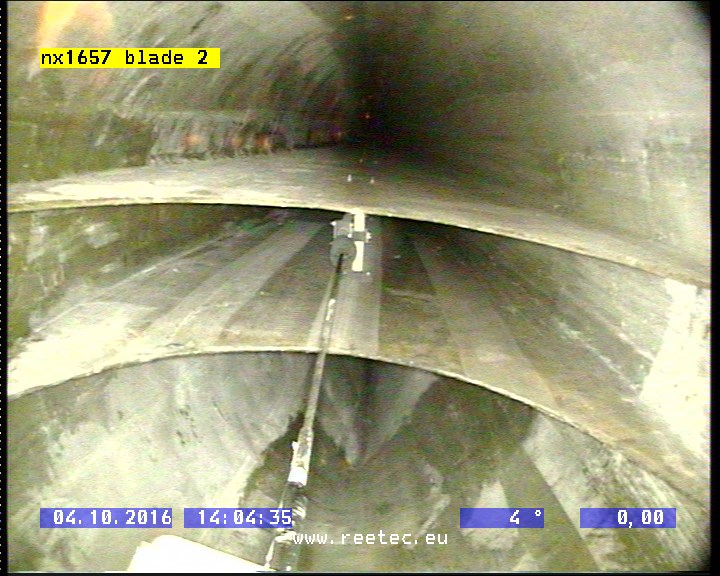


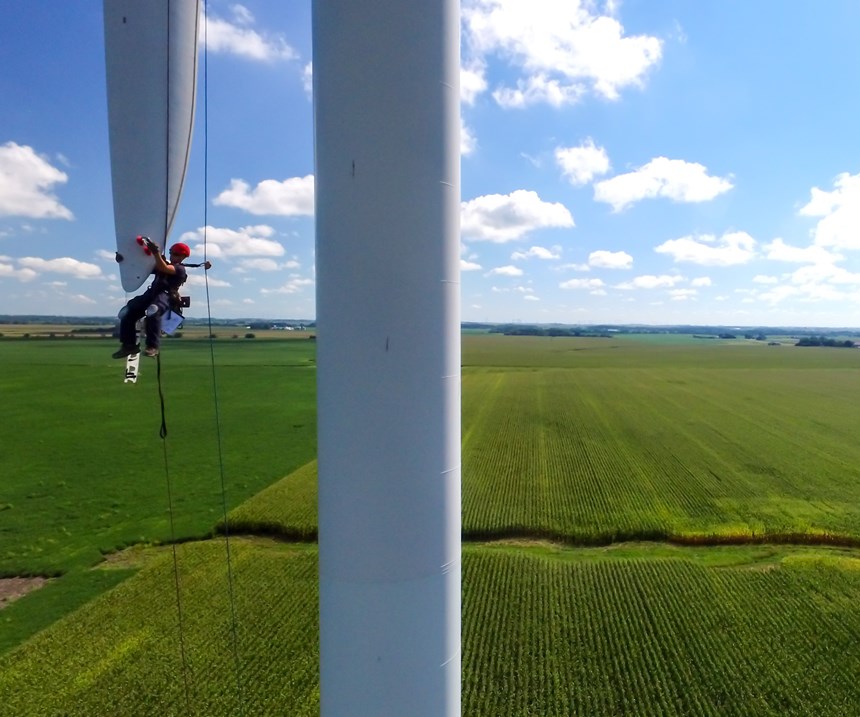
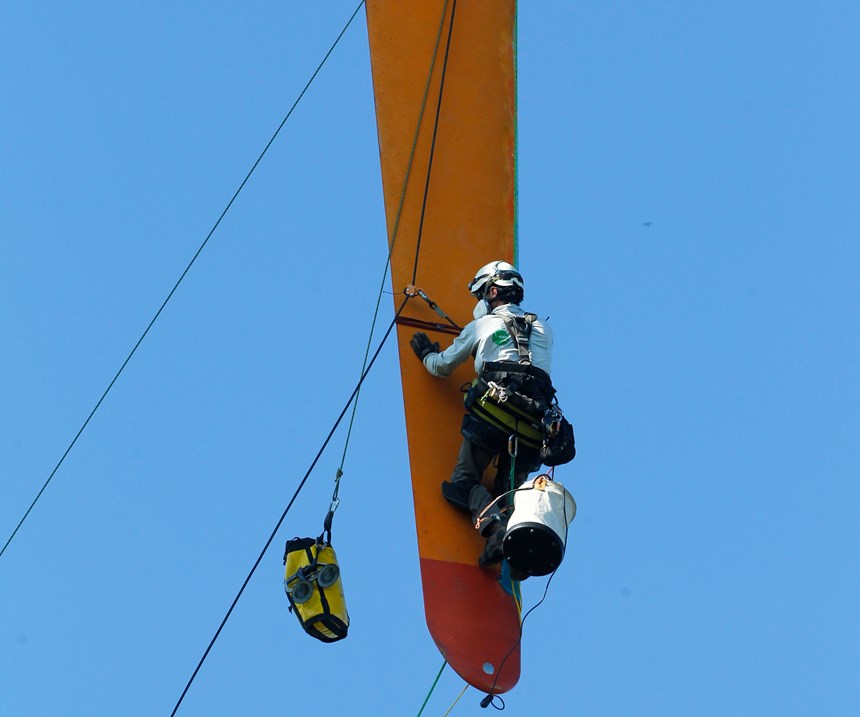
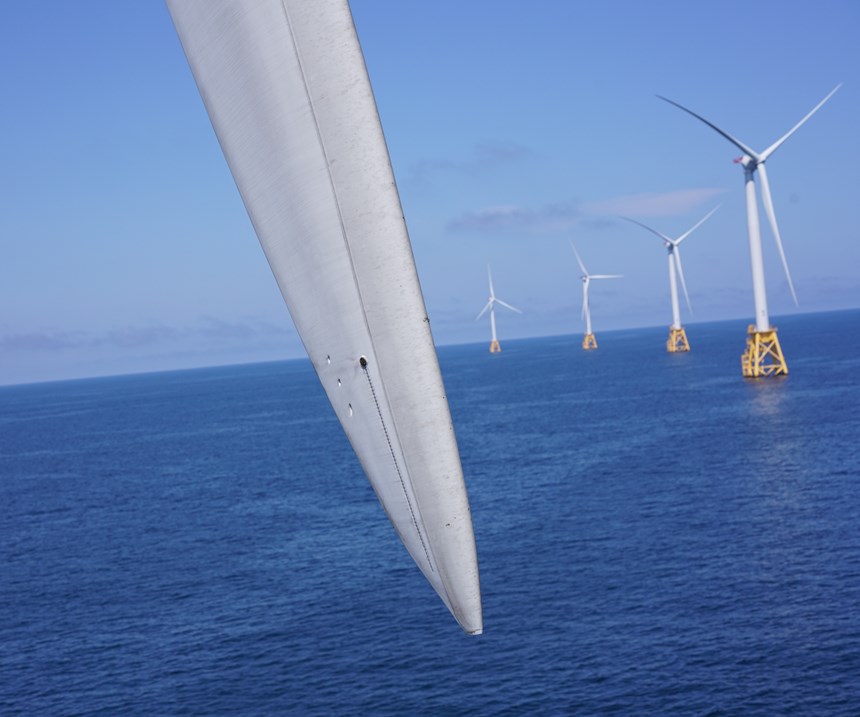
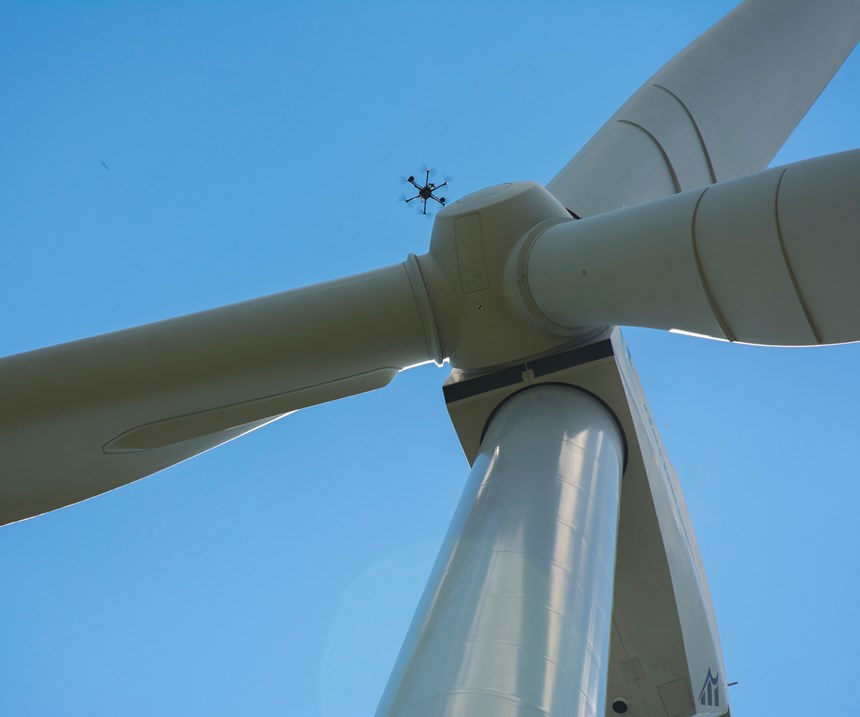
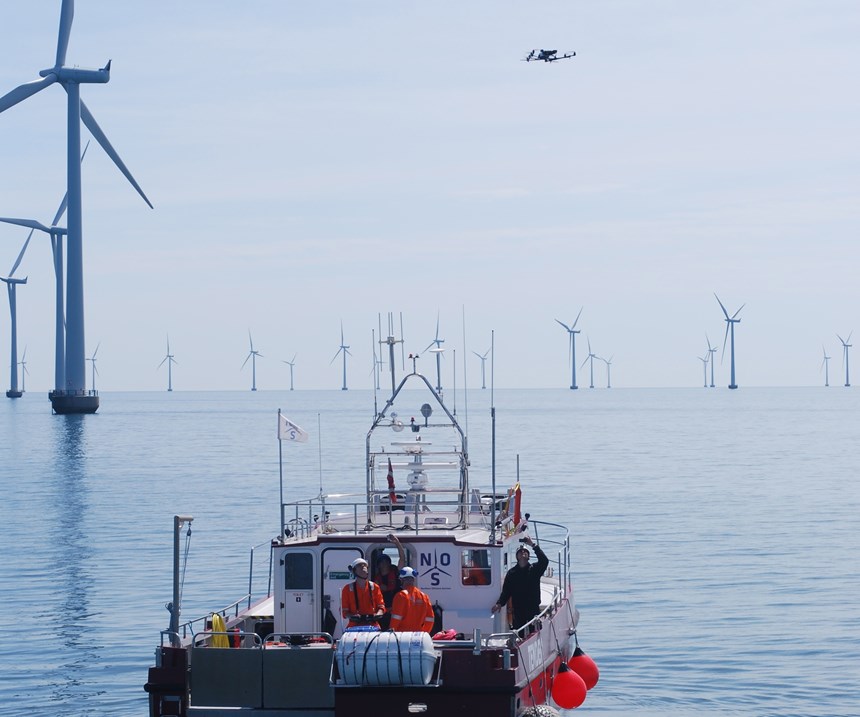









.jpg;maxWidth=300;quality=90)















